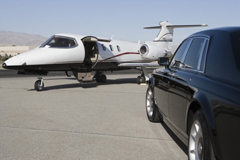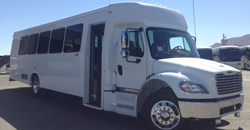With the goal of satisfying a derived transport demand in mind, all modes of transportation services in the San Francisco bay area serve the same overarching function of facilitating movement. Unlike the commodities and resources it transports, transportation is not something that can be saved and used at a later date.
Transportation networks with a predetermined carrying capacity facilitate movement. The need for transportation is met in many cases by the most elementary means, such as strolling through an unaltered environment. On the other hand, there are circumstances where mobility cannot be provided without highly complex and resource-intensive infrastructures and modes, such as air travel.
Transport supply
Those who provide and those who purchase transportation services in the San Francisco bay area make up the transportation market. To ensure that passengers and goods can move freely, markets for transportation must ensure that supply and demand are in equilibrium. The economic system, which entails many activities spread across many locations, generates traffic that the transportation network must accommodate. Mobility is essential to the success of infrastructure projects, and without them, mobility is either impossible or too expensive. Transport supply and demand are two frameworks useful for thinking about this interdependence:
Maintenance of transport of supplies
The maximum number of passengers that can be transported by given transportation services in the San Francisco bay area in a given amount of time and through a given geographic area. Infrastructures (capacity), services (frequency), and networks all play a role in describing the supply that is on offer (coverage). Both static capacity (the amount of area available for transit, for example, terminal surface) and dynamic capacity (the improvement that may be made through better technology and management) are commonly used when evaluating a facility's capacity. Supply of transportation is typically measured in terms of the number of passengers that can be transported in a certain amount of time and space, the volume of liquids or containers, or the mass of freight that can be moved in the same amount of space.
Transportation Demand
Needs for transportation, whether or not those requirements are met. Thus, transportation demand can be realised where actual conditions have been used to measure it or potential, where just the possibility exists. It is measured in terms of people, volume, or tonnes transported over time and distance, just like transport supply.




















